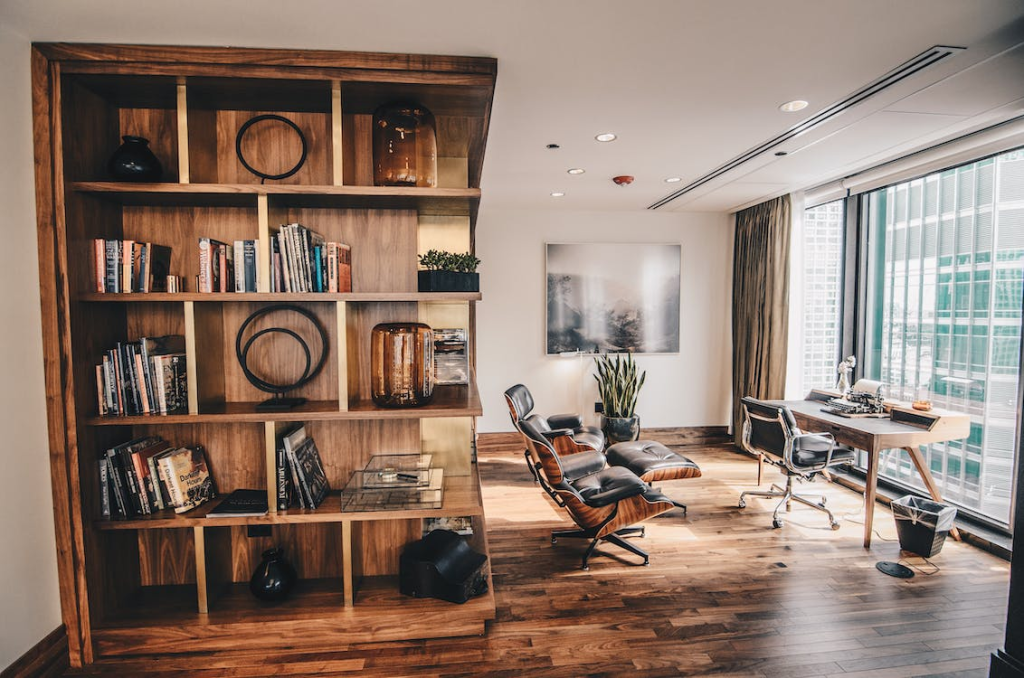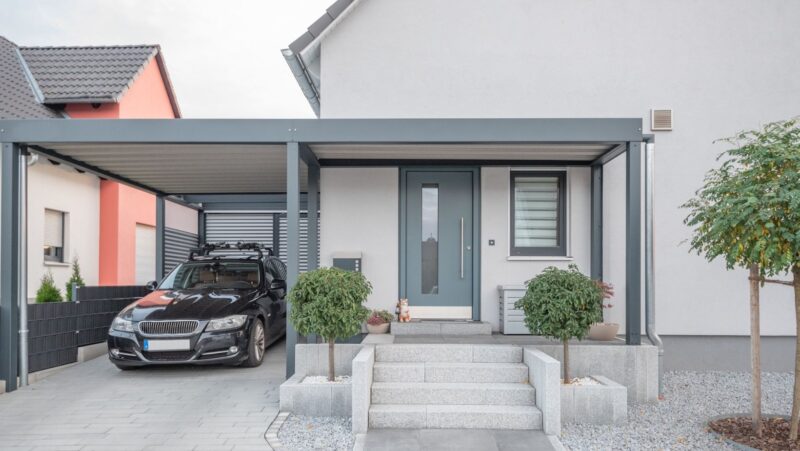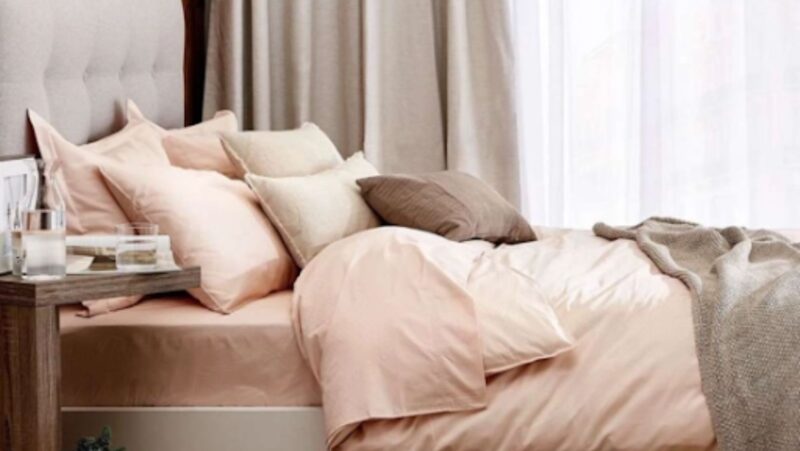
Welcome to our comprehensive guide on home design! Whether you’re a budding interior designer, planning a re-decorating project, or want to add a spark of creativity to your living space, we’ve got you covered. In this blog, we’ll share invaluable tips and tricks that can transform your home into a reflection of your unique style and personality. Get ready to explore many practical, innovative, and aesthetically pleasing design ideas that are sure to inspire and assist you on your home improvement journey.
Make Sure You Start With The Roof
One of the first things to consider when redesigning your home is the roof. This element is not just a protective cover for your house, but it also greatly contributes to the overall aesthetic. The shape, color, and material of your roof can significantly impact the architectural style of your home. For instance, if we take a look at this website, we can see that professionals say that a flat roof is ideal for modern, minimalistic designs, while a pitched roof goes well with more traditional or rustic styles. Additionally, don’t forget to pay attention to the quality and durability of your roof, as it will also affect the maintenance and longevity of your home.
Space Planning Mastery
Space planning is an integral part of home design that can elevate your living areas’ functionality and visual appeal. It involves efficiently utilizing the given area to create a harmonious and practical layout that caters to your lifestyle and specific needs. When approaching space planning, consider factors like the purpose of the room, the flow of movement, and the size and orientation of furniture.
For instance, in a living room, ensure enough space for comfortable navigation around furniture while fostering intimate conversation areas. Similarly, consider the placement of the bed, storage, and work areas in bedrooms while making sure not to crowd the space. Opting for multipurpose furniture can be a great space-saving strategy.
The Power of Color Psychology
Understanding the power of color psychology can significantly influence the ambiance and mood of your home. Different colors evoke distinct emotions and reactions, so selecting the right palette for each space is crucial. For instance, blues and greens are often associated with tranquility and calmness, making them ideal for bedrooms and bathrooms.

On the other hand, vibrant shades like reds and oranges can stimulate energy and creativity, perfect for living areas or home offices. Neutrals act as a canvas, providing a versatile backdrop that can be paired with any accent color. Be conscious of the psychological effects of colors when making your choices, and remember, the objective is to create a space that resonates with your personal aesthetic and lifestyle.
Furniture Selection Strategies
Choosing the right furniture is a vital part of home design, influencing the aesthetics and comfort level of your space. When selecting furniture, consider its functionality, size, style, and material:
- Think about the purpose that each piece will serve. Make sure it satisfies your needs and enhances your living experience.
- The furniture size should complement the room’s scale. Oversized furniture can make a room feel cramped, while undersized pieces can make it look sparse and uninviting.
- Regarding style, the furniture should align with the overall design scheme of your home.
Your furniture should reflect and reinforce that theme, whether for a modern, traditional, eclectic, or minimalist look. Lastly, consider the material of the furniture. Durability and ease of maintenance are practical aspects to consider. Materials also contribute significantly to the visual appeal; for example, wooden furniture often adds warmth and a sense of luxury, while metal or glass can create a more modern, sleek look.
Lighting Essentials
Lighting is a crucial aspect of home design, often overlooked, yet it can dramatically alter a space’s mood, perception of size, and overall aesthetic. A well-lit home is not simply about ensuring visibility; it’s about creating a certain ambiance, highlighting architectural features, and enhancing the colors and textures within a room. There are three main types of lighting to consider: ambient, task, and accent.

Ambient lighting, often known as general lighting, gives ambient illumination to a room. It is the base layer that makes a room usable and comfortable. This is often achieved through ceiling fixtures, chandeliers, or recessed lighting.
Task lighting is more focused and is used where specific activities such as reading, cooking, or studying are performed. Examples of task lighting include desk lamps, under-cabinet lights, and bathroom vanity lights.
This guide highlights some essential tips and tricks that can help elevate your home design. Remember to start with the basics, like the roof and space planning, and then consider color psychology and furniture selection strategies. Lastly, consider the impact of lighting on your home’s overall design. Ultimately, the key to creating a well-designed home is balancing functionality and aesthetics while staying true to your style and preferences. We hope this guide has provided valuable insights to inspire your home improvement journey!












